Feet on Earth, head in the stars
These five women at the MIT Media Lab are advancing aerospace science and research, driven by a love of our home planet.
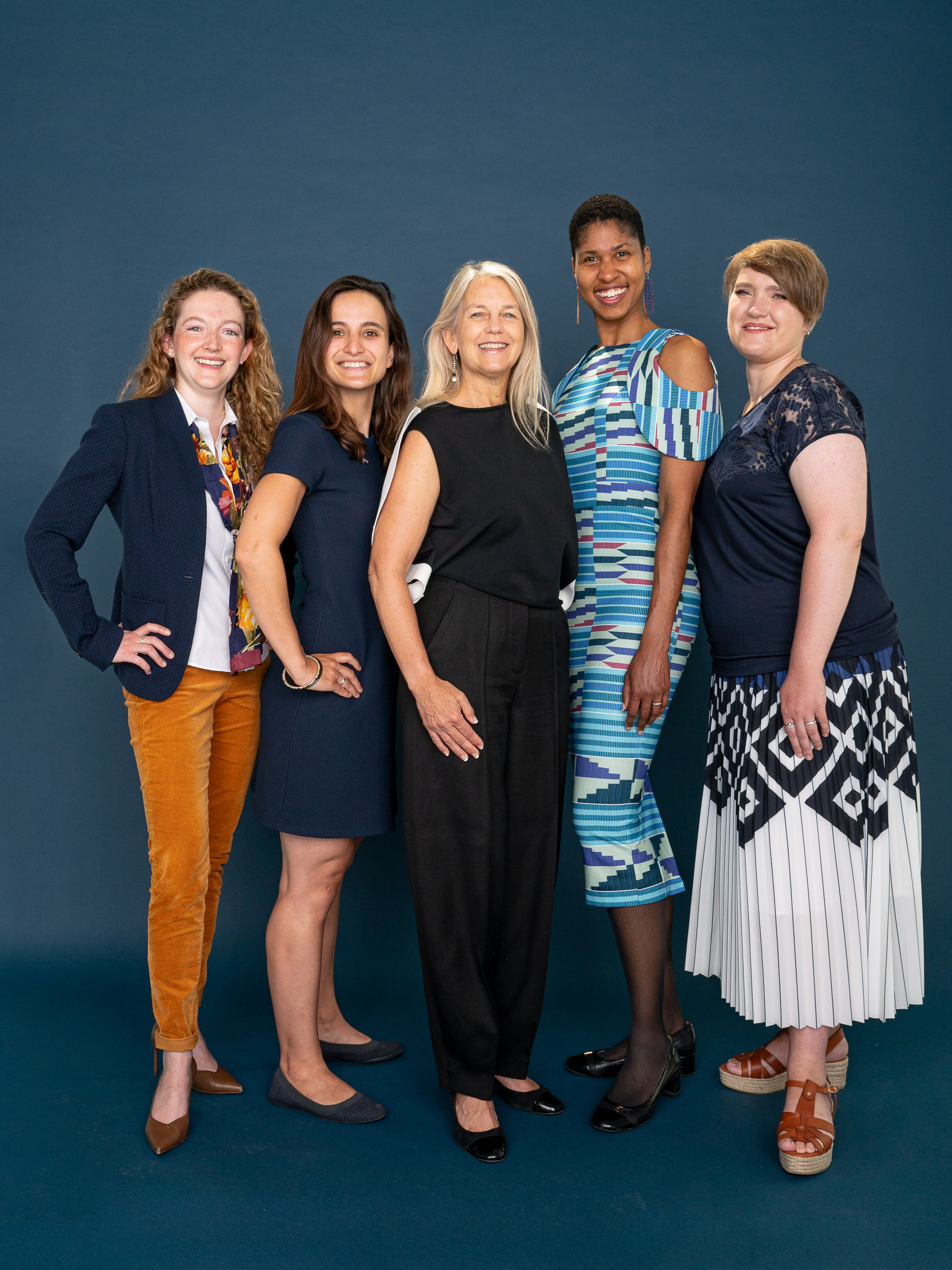
The thing that got Danielle Wood ’04, SM ’08, PhD ’12, interested in space was the joy of earthlings.
She’d never considered a career in space research, and in her mid-teens she was interested in what seemed to her “directly socially useful” work, like building hurricane-resistant buildings. But when a high school internship at NASA introduced her to the excitement that permeated the space community, she was hooked.
Still, a career in space didn’t quite make sense to her when there were so many issues on Earth that felt pressing. This tension followed her into her undergrad years at MIT, when she studied aerospace engineering during the school year and volunteered at a school in Kenya in the summers.
“I started asking myself, ‘Can I actually make my version of working on space about helping Earth and addressing social issues?’” she says.
It’s a question that has steered Wood’s work all the way into her current role as an assistant professor of media arts and sciences (with a joint appointment in aero-astro) and leader of the Media Lab’s Space Enabled Research Group, where her expertise spans everything from sustainable space technology to the African diaspora. (Wood also serves as faculty advisor for undergrads with a major, minor, or concentration in African and African diaspora studies.) She’s worked on initiatives to reduce space junk, enable satellite-powered environmental monitoring, and develop anticolonial frameworks for space research and exploration.
“Mars is not planet B. It’s all about how we can live better here on Earth.”
Wood is in good company at the Media Lab, where a diverse array of scientists, engineers, and technologists are bringing space research to bear on Earth’s problems and vice versa.
Dava Newman, SM ’89, PhD ’92, director of the Media Lab since 2021, sees space exploration and research as something to be pursued for the sake of helping Earth, not for the sake of escaping it. With two aero-astro degrees and a second master’s in technology and policy, she has long worked to facilitate getting humans to Mars—by teaching the next generation of space engineers as a professor at MIT, designing innovative new space suits, and serving as a NASA administrator.
But she wants there to be no doubt: “Mars is not planet B. We’re not going to ever put millions, let alone billions, of people on Mars or any other planet.” She compares Mars to Antarctica—beautiful to visit, but uninhabited for a reason. “It’s all about how we can live better here on Earth,” she adds.
Here’s a look at how the extraterrestrial research of Wood, Newman, and their colleagues at the Media Lab could enrich life on our home planet.
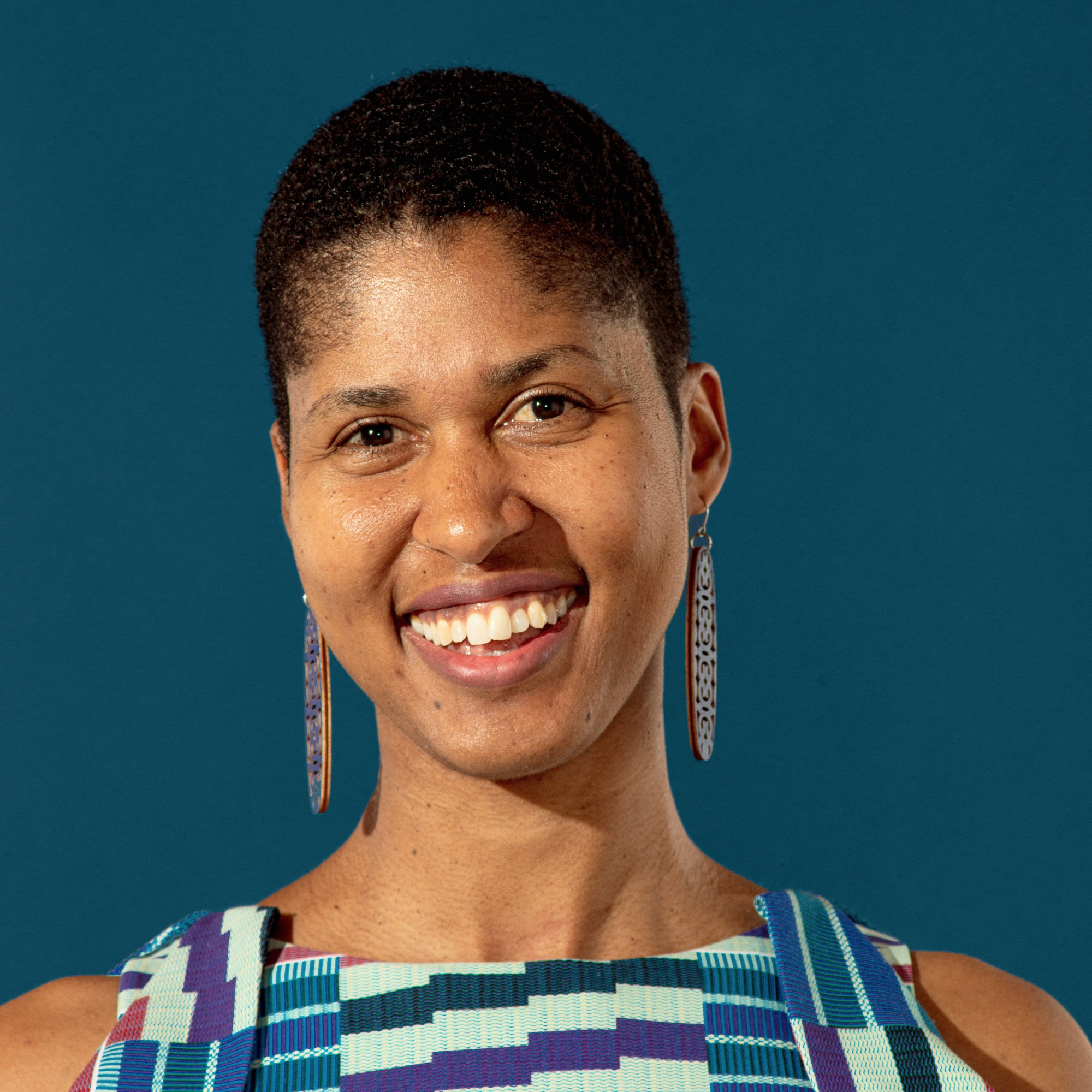
Danielle Wood
“We’re at a moment of great influence within the space community, where the actions we take, the technologies being developed, will have a direct impact on how humans experience space for generations to come,” says Wood. She divides the work she does into three categories: working with existing space technology to make it more accessible; pushing for a more sustainable approach to space systems; and focusing on the principles and values that shape our engagement with space.
Some of Wood’s best-known work falls into the first category, drawing on data gathered by Earth observation satellites to help promote sustainable development. In 2021, through her Space Enabled Research Group, she helped Ghanaian leaders keep tabs on environmentally harmful gold mining by applying machine learning and change detection algorithms to archived Landsat satellite imagery available through Google Earth. This allowed researchers to estimate how many hectares of forested land were being converted to mining operations, and the rate at which that conversion was happening. Wood and her research group have used similar approaches to aid Brazilian leaders tracking vulnerable mangrove forests (which prevent coastal erosion, support subsistence fishing, and serve as a mechanism for carbon sequestration) and to help Angola’s space agency monitor areas that experience droughts and floods.
“Space technology can help, but it wasn’t designed with those groups in mind,” she says. “Therefore, it’s not yet convenient for them to use, and it ends up being more of a barrier.” It’s a barrier her research group is working to help remove.
Wood has used satellite imagery to help Ghana keep tabs on environmentally harmful gold mining.
In the second category, Wood looks at what it will take to make our use of space hardware safer and more responsible. Her team has worked on a Space Sustainability Rating that started as a research project and is now the focus of a nonprofit. The group is trying to combat the growing crisis around space debris by creating a rating system for satellite operators based on the extent to which their mission will create risk for collisions or more debris.
The goal of the rating is to incentivize better behavior, which could include open and transparent communication with other operators that can help reduce collisions. Wood also hopes it’ll encourage more operators to develop plans to bring satellites out of orbit rather than leaving them to disintegrate into space junk at the end of their useful life.
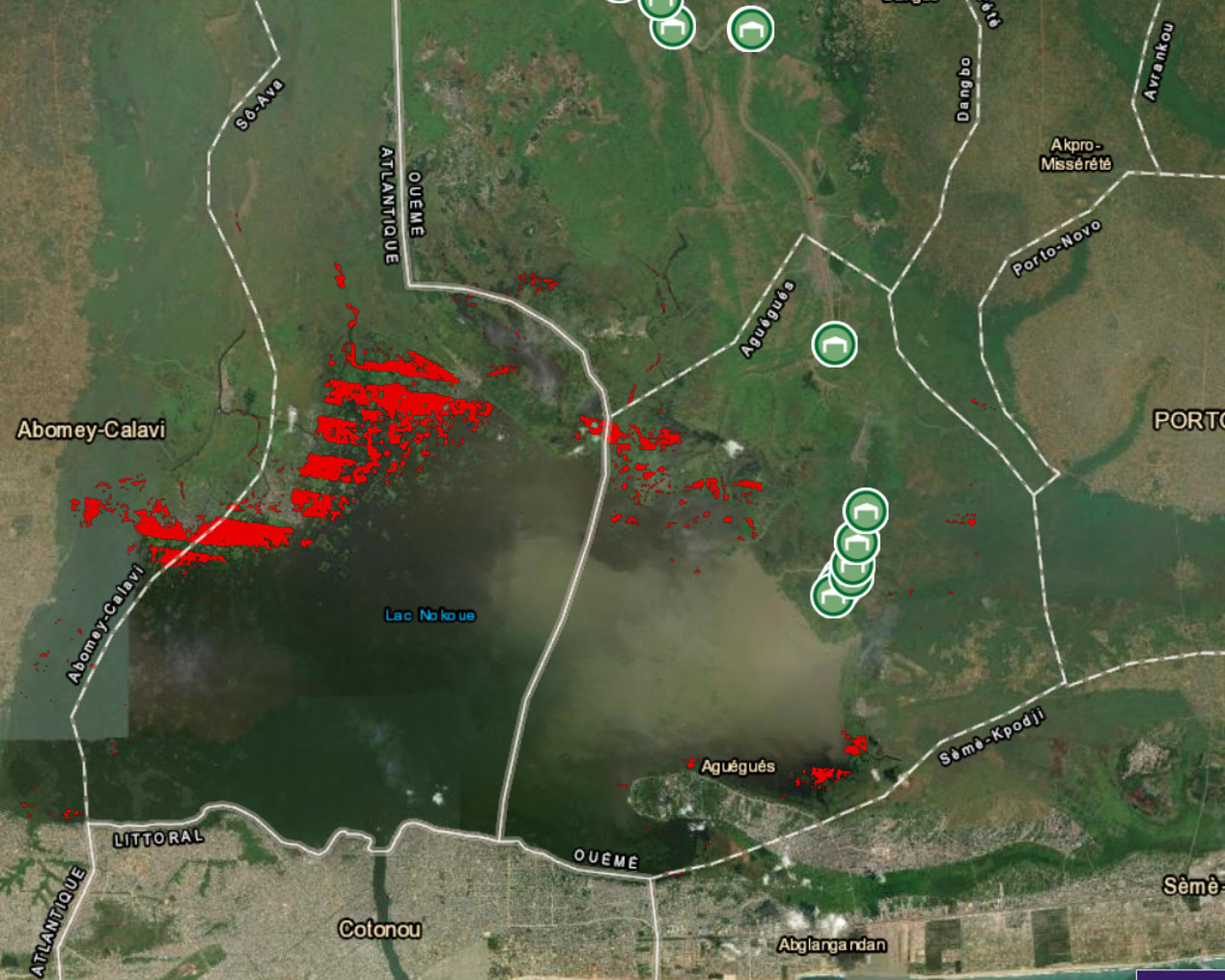
Wood’s quest for sustainability has also led her group to look into the possibility of using beeswax as satellite fuel. Conventional fuels are often toxic to both people and ecosystems, but they share many crucial properties with cheap, nontoxic, and widely available paraffin, or common candle wax, which has been shown to be a viable rocket fuel. She and her team are exploring how, at the end of a satellite’s mission, its wax thermal insulation could be repurposed into propellant for the maneuvers to take it out of orbit. But since paraffin is made from fossil fuels, Wood wants to go a step further to prove that all-natural beeswax could be used for similar purposes. So her team is also studying the feasibility of taking raw lumps of beeswax into space and manufacturing them into fuel grain that can then be used as propellant, thermal insulation, and more.
“It’s a symbolic activity but also practical, meaning it could work,” she says. The goal is to nudge the industry toward using less-polluting materials.
Wood’s work often involves tapping into the wisdom of those who have historically been left out of the space conversation to shape future activities. While decisions on space engineering and policy have been disproportionately made by white men in the past, she believes that drawing on the perspectives of Black feminists like Audre Lorde and Octavia Butler, as well as those of Indigenous communities, will lead to better answers about how humans should deal with space debris, manage the lunar surface, and more. Rather than looking at the moon as simply a resource to be exploited in the present, for example—an attitude that has wreaked havoc on both land and climate when applied to Earth—Indigenous traditions ground action in longer-term thinking about the human footprint on a place.
“Anticolonial thinking for space says, ‘We reject the notion that whoever has the technology and the opportunity to take an action in space, by definition, has the right to do so,’” she says. “We need to have fresh ways of thinking about these issues, especially since we’re in such a key moment for human impact on space.”
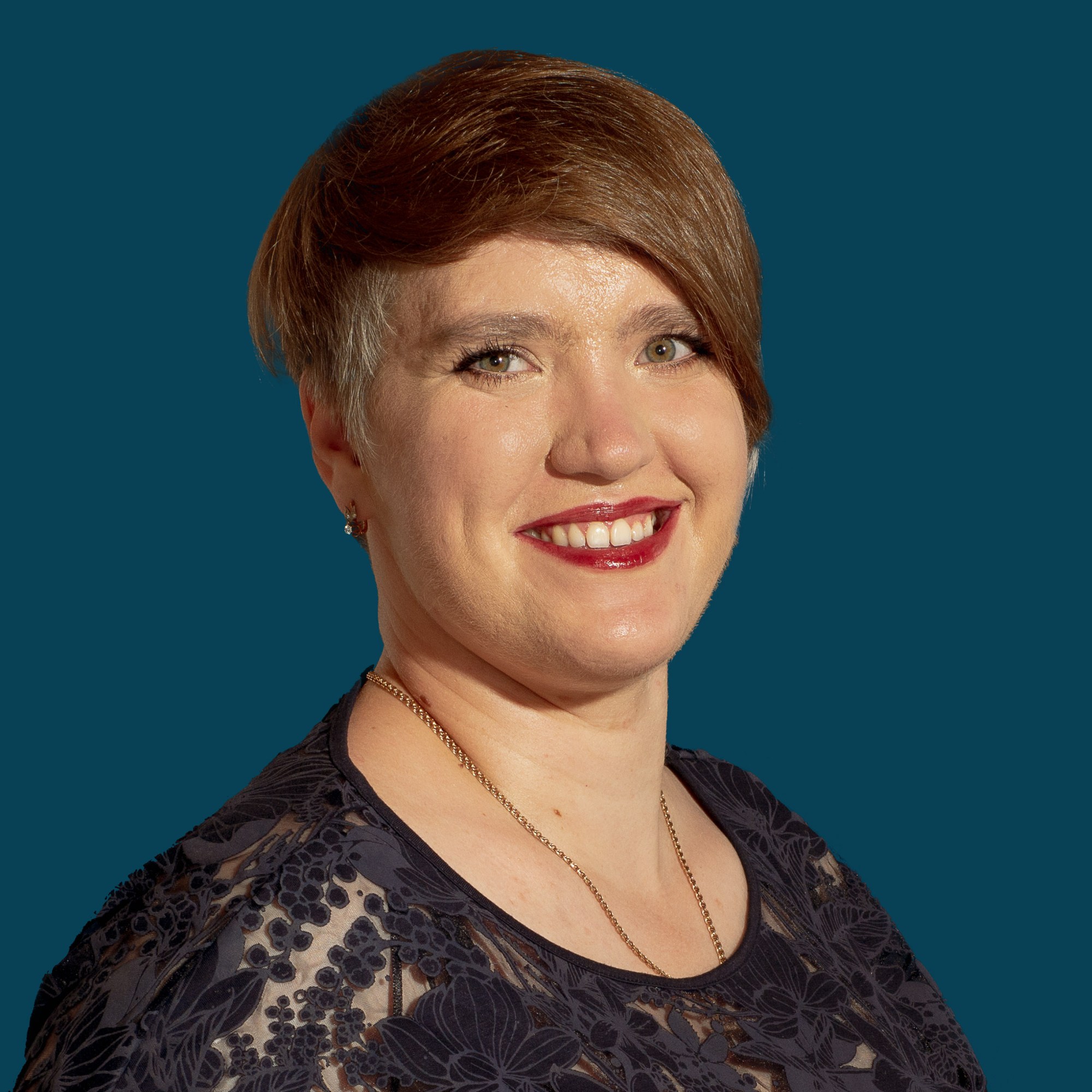
Nataliya Kosmyna
Nataliya Kosmyna can’t read your mind, but she designs technology that does. Or that’s what it feels like, anyway: her work focuses on brain-computer interfaces (BCIs), which use sensors to track brain activity—a process so effective at determining what’s happening inside someone’s head that she embedded her technology in a simulacrum of the magical Sorting Hat from the Harry Potter books. (She calls it the Thinking Cap.)
Raised in a village in Ukraine and educated at the Université Grenoble-Alpes in France, Kosmyna joined the Media Lab’s Fluid Interfaces Group as a postdoctoral associate in 2017 and has been serving as a research scientist since 2021. There, she’s been developing technology that can enhance human abilities both on Earth and in space.
Kosmyna’s BCIs use noninvasive sensors that rest on the surface of the wearer’s head. Some detect eye movements; others act as portable electroencephalogram machines, detecting the electrical impulses created by brain activity through electrodes that might be embedded in hats, eyeglasses, or other wearable items. With a system like this, it might be possible to use brain waves to control technology such as drones, robots, and home appliances, or to provide feedback to users or researchers about the wearer’s current levels of creativity and attention.
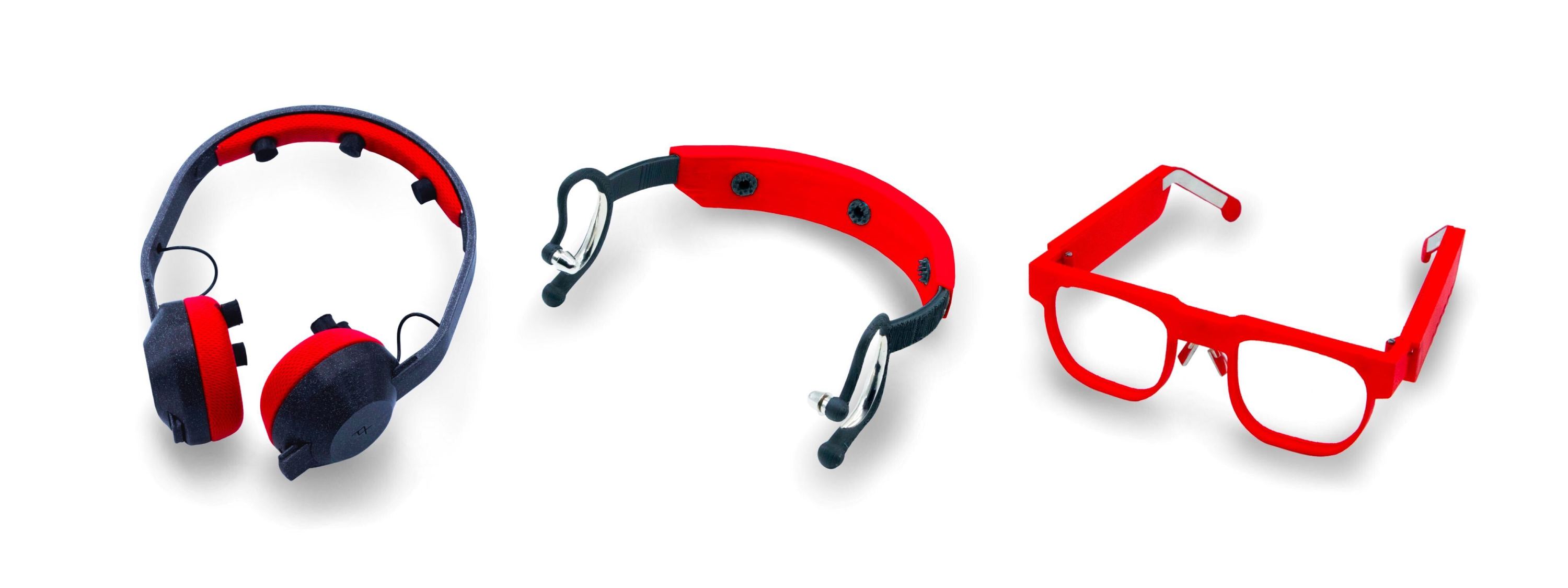
For astronauts, this kind of technology has the potential to support safer operations. While researchers are still learning about how space travel affects the human body, it’s clear that the more time astronauts spend in space, the more their mental health, circadian rhythms, attention, and performance are disrupted, says Kosmyna. That can be problematic when they need to perform cognitively challenging tasks like docking a spacecraft, for example.
Kosmyna’s tech could provide future astronaut teams with auditory or haptic feedback about their brain activity, letting them know in real time whether they are ready to perform crucial tasks with the precision those tasks require.
“Optimizing the performance and attention, specifically in astronauts on long-duration space flights, is the problem we’re trying to solve,” she says.
In addition to helping astronauts, Kosmyna’s work has uses here on Earth. She has prototyped and tested applications that could help drivers maintain attention on the road, give some autistic users and others who are minimally verbal more options for communication, and allow disabled users to turn on lights or open doors in smart homes by thinking about the action they want to take.
From Kosmyna’s perspective, there’s not much of a distinction between applications for Earth and space. “All of these projects use the same hardware,” she explains. “What you would design differently is interaction.”
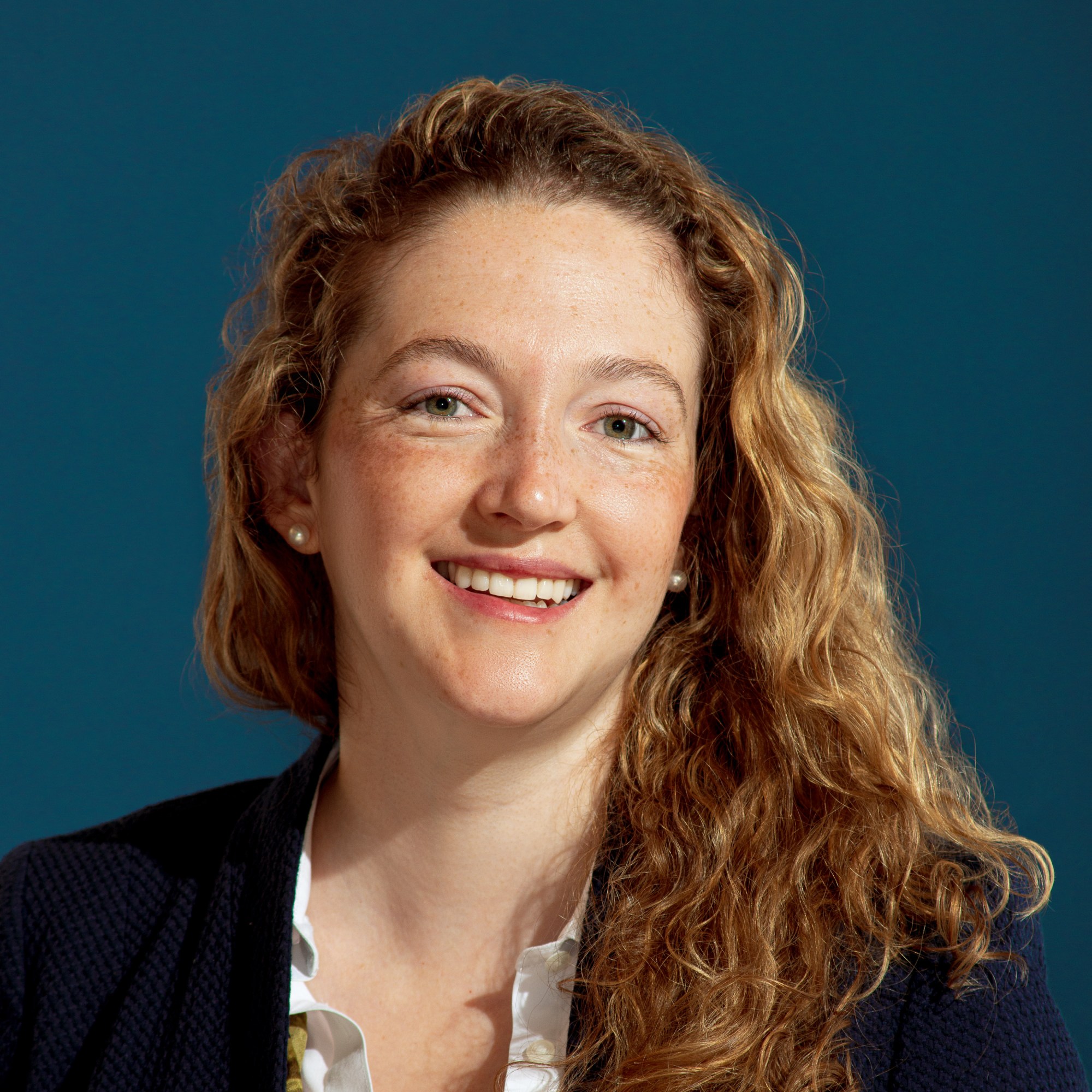
Ariel Ekblaw
As the kid of two pilots, including one of the first women to serve as an Air Force pilot, Ariel Ekblaw, SM ’17, PhD ’20, has always had a “sky’s the limit” mentality. Now, as the founder and director of the Space Exploration Initiative (SEI) at the Media Lab, she leads a team of graduate students, faculty, and staff who are prototyping what life might look like as more people venture beyond Earth’s atmosphere. She’s also the principal investigator overseeing scientific research for MIT’s “To the Moon to Stay” project, which is scheduled to send two payloads to the moon aboard a SpaceX rocket later this year. Those payloads include the Depth Camera, which will allow researchers to re-create the lunar surface in a virtual environment for research and training on Earth, and AstroAnt, a robot that looks like a tiny car, which may perform inspections and diagnostic tasks on the surfaces of spacecraft in the future. She’s also founder of the nonprofit Aurelia Institute, which grew out of her work at SEI.
Her personal research, which is an extension of the PhD she completed in 2020, focuses on self-assembling space architecture. Building new structures using robotic arms in space is “very range limited and quite slow,” she says, while sending astronauts out to build in the vacuum of space creates much higher safety risks than construction on Earth.
Ekblaw’s solution is to create modular structures that snap together easily and automatically in space as an alternative way to build large-scale space habitats and infrastructure. Tiles are connected by electro-permanent magnets, which are always on without requiring any power but can be turned off by running a current through them when it’s time for them to undock from one another. The project was inspired by self-assembling proteins and the way “the forces at that scale govern the physics of bioassembly,” she says. “In orbit, gravity’s not the dominant player.” Ekblaw’s tiles use magnetism to flock together without being overcome by the force of gravity in space.
Beyond doing her own research, Ekblaw helps facilitate the work of more than 50 other people at SEI, providing mentorship and technical advice for research projects and forging collaborations with industry partners and other departments at MIT. In that role, she’s trying to create the conditions for a more inclusive aerospace community.
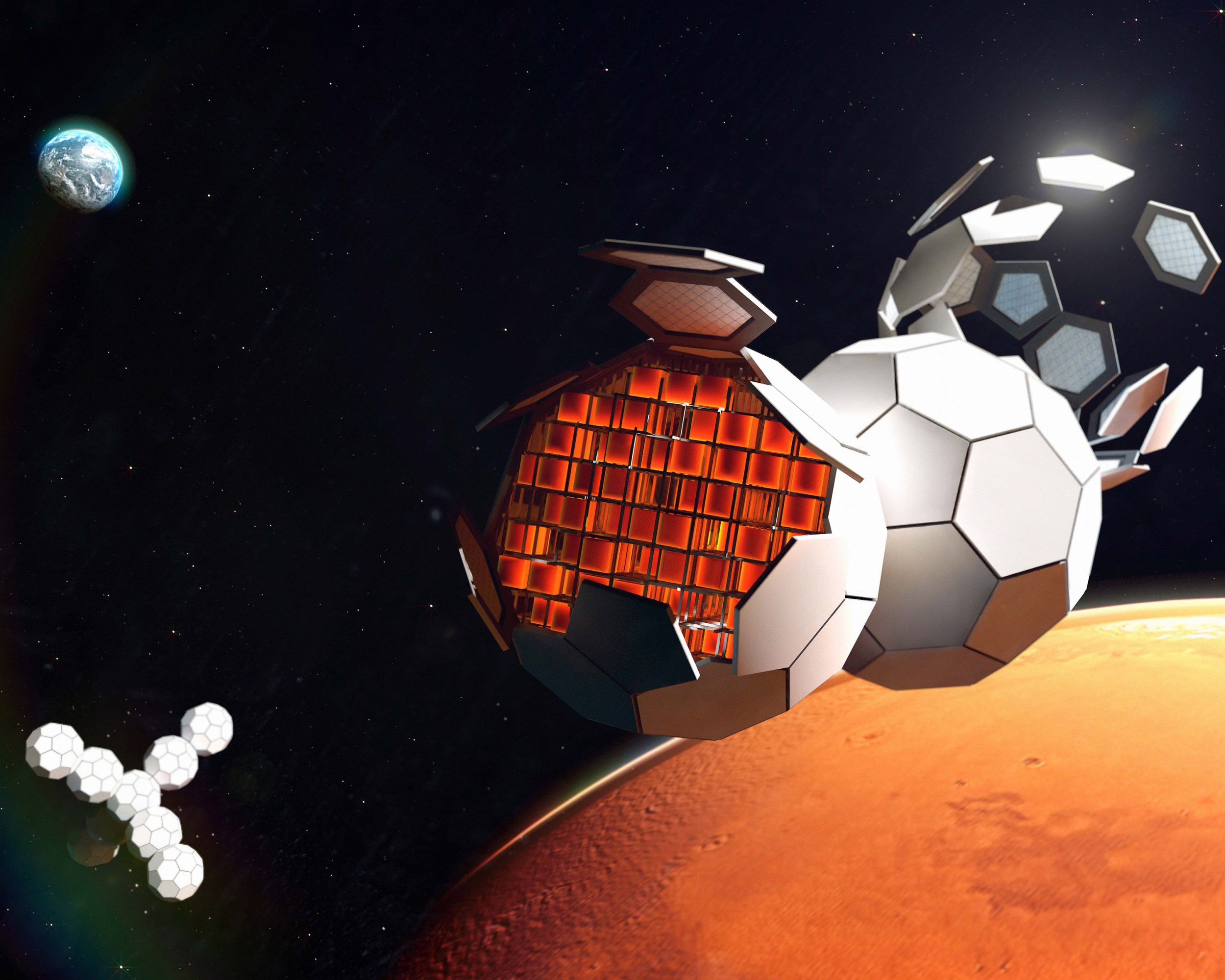
“We want the future of life in space to really reflect the rich tapestry of life on Earth. That means bringing people into aerospace that have very different perspectives on what life and exploration might mean,” she says. She points to SEI’s relationship with the Polynesian Voyaging Society as one example of how the group is trying to learn from Indigenous approaches to exploration and bring those attitudes to bear on space travel. “They’re some of the most skilled explorers on the planet,” she says. “We’ve been working with them to include them in the storytelling, envisioning, and crafting of what a more equitable, inclusive, and meaningful life in space might look like.”
Ekblaw is also working to lower the barrier to entry for doing experiments in zero gravity. For more than seven years, she’s run a program to charter zero-G flights for the MIT community, giving engineering and science students regular opportunities to conduct experiments in a setting that mimics space. Thanks to the charters, students are creating space-ready experiments much more often, and the number of MIT projects sent to the ISS for further testing has taken off. Although it used to be “incredibly rare” for a student’s work to make it to the ISS, that now happens “every year and a half or two years,” according to Ekblaw.
“It’s a really amazing way to train a workforce,” she says. “Now I’m trying to profoundly democratize access to that, and make it more broadly available to the public beyond MIT.”
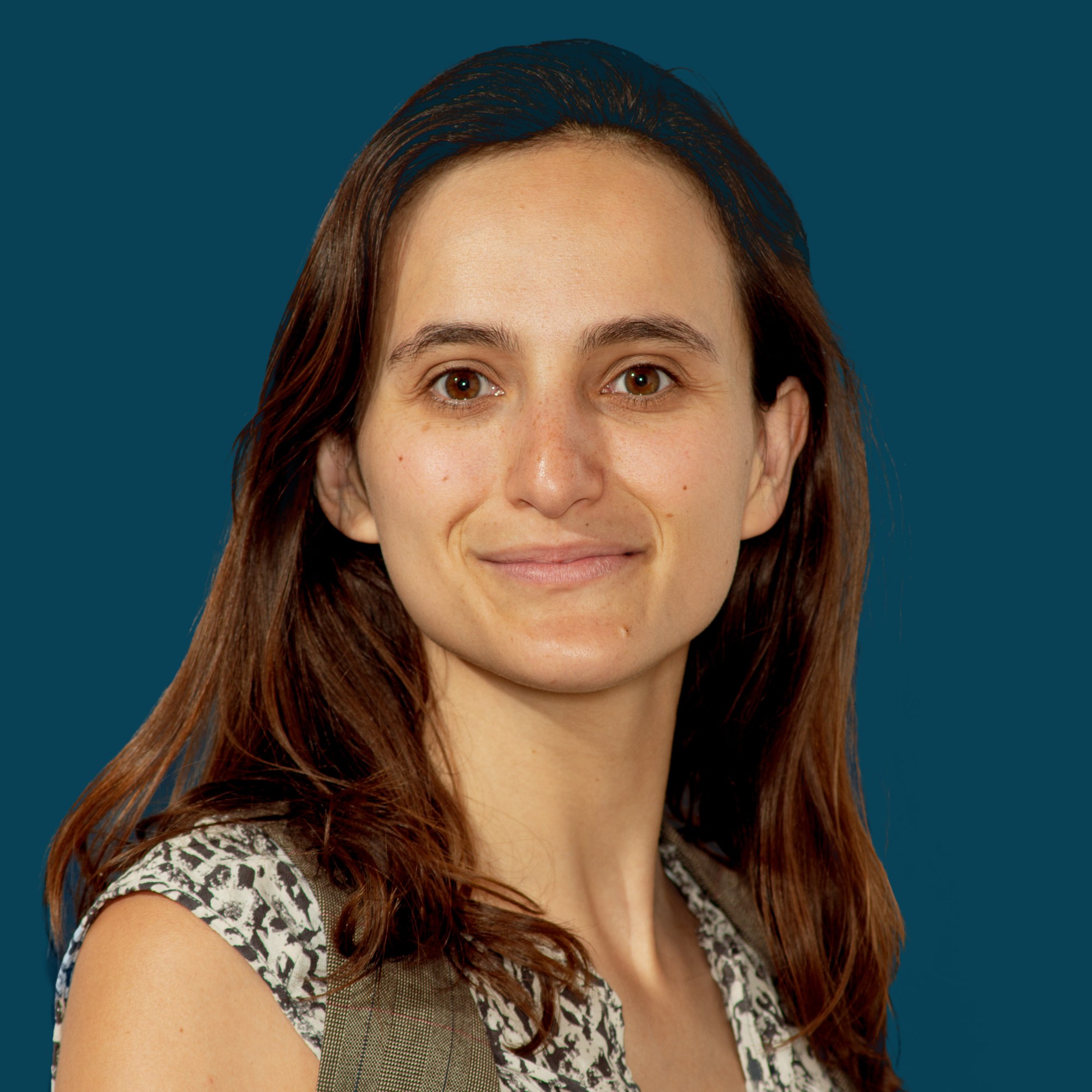
Juliana Cherston
Looking at the International Space Station, you might not guess that it’s covered in fabric. But that’s exactly what the station’s iconic white consists of—a Teflon-impregnated fiberglass cloth stretched over the station’s metal frame moderates temperatures and keeps it from oxidizing in the extreme environment of its orbit some 250 miles above Earth’s surface.
To Juliana Cherston, SM ’16, PhD ’22, that looked like an opportunity. As part of her doctoral research in the Media Lab’s Responsive Environments Group, Cherston began working on turning those expanses of fabric into giant sensors, which could help astronauts locate air leaks or hits from space junk. Reading about astronauts peering through a tiny window with binoculars to discern where their spacecraft had been struck by a piece of debris made it clear to Cherston how valuable this technology could be.
“We’re weaving fiber sensors into the material, so that we turn that large-area blanket into a sensor that would be able to alert the spacecraft as to where damage had been incurred,” she says.
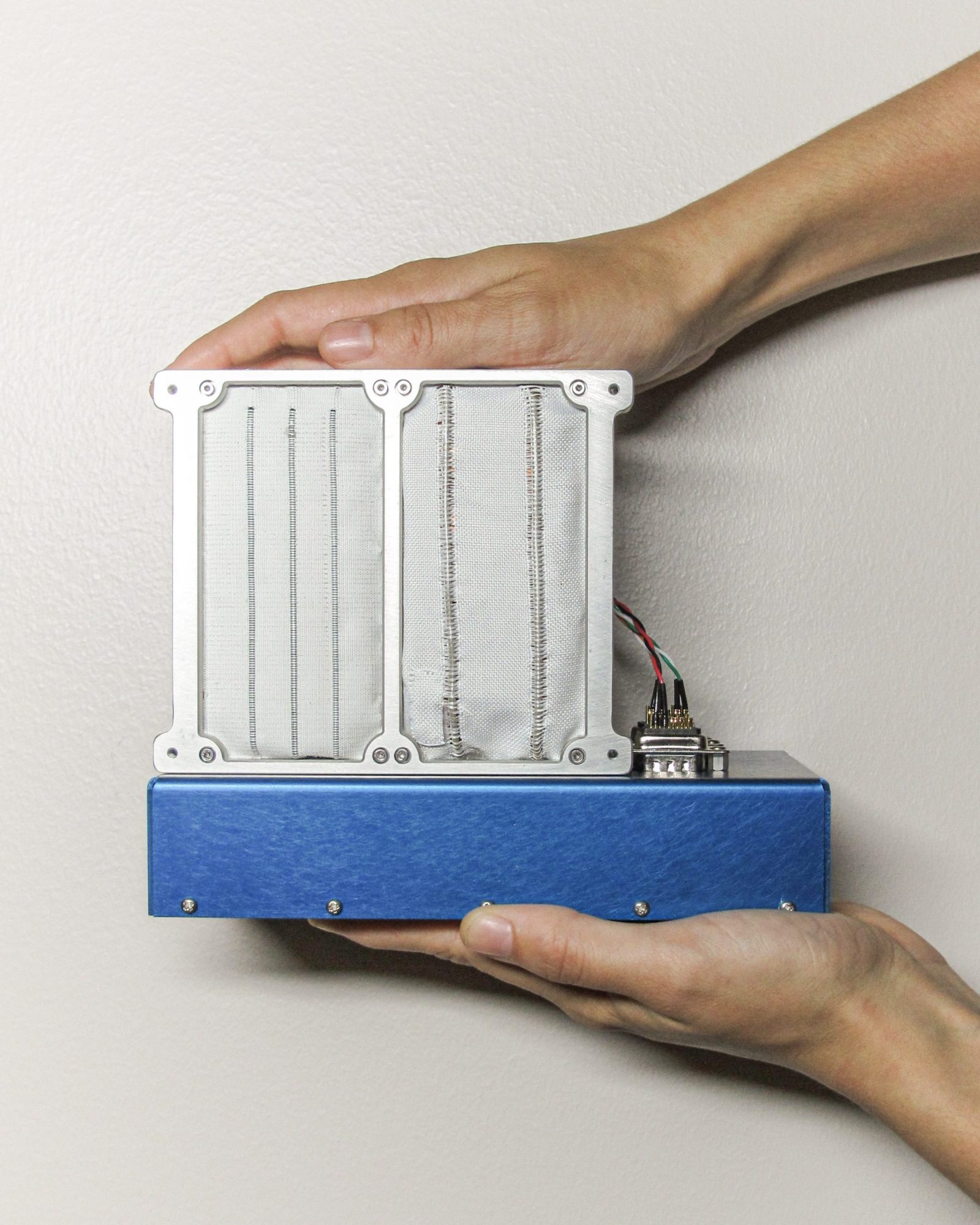
In addition to working to improve astronaut safety, Cherston is looking at ways to create more opportunities to conduct research in space. A self-described “scientist at heart” who’s “not so into the space hype,” she says her motivation comes from “recognizing that there’s some science that really benefits from being done in the space environment.” One of her projects involves investigating whether embedding sensors in the space fabric could help scientists learn about stars beyond our sun. The space community aims to eventually send a probe to another star, but “in the meantime, we can look at the matter that other stars send to us,” Cherston says. Her sensory fabric can facilitate this by measuring the momentum and position of the tiny specks of space dust that collide with it. And since the dust tends to explode into a plume of charged particles on impact, she is also working to get her fabric to measure the charges, which could offer clues about its composition.
Embedding sensors into space fabrics could help scientists learn about stars beyond our sun.
Given that space funding is increasingly flowing toward for-profit endeavors—including not only the private space stations that will eventually replace the ISS but also ventures focused on space tourism or filmmaking in zero-gravity environments—Cherston will continue to look for opportunities to facilitate academic research in space. It’s all about “finding ways to incorporate fundamental science research into our infrastructure,” she says.
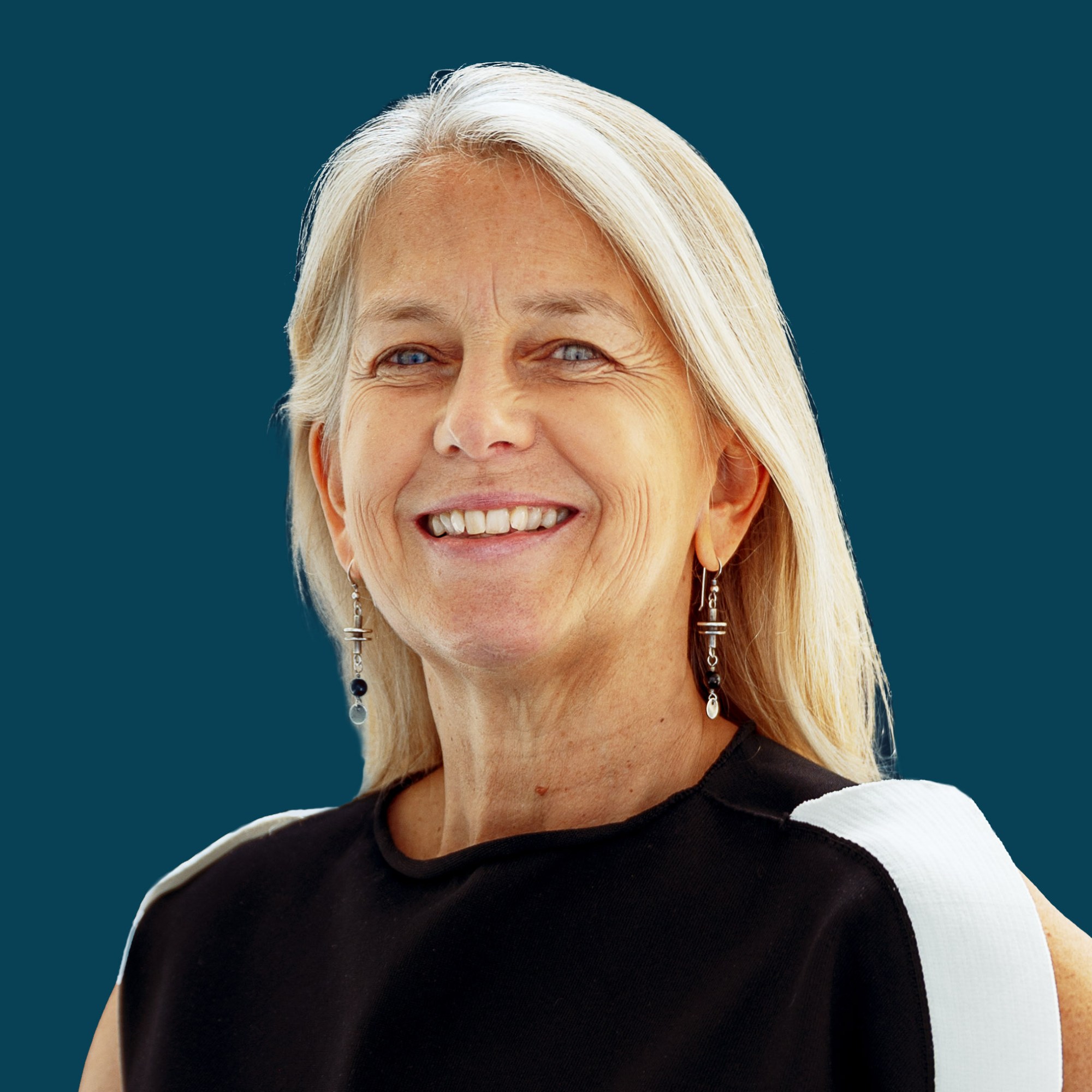
Dava Newman
Dava Newman, the longtime Apollo Program Professor of Astronautics as well as the director of the Media Lab, served as NASA’s number two in command during the Obama administration and even circumnavigated the globe in a sailboat to exchange knowledge with island communities about space, exploration, and sustainability. But she’s perhaps best known for her work redesigning space suits, which she describes as the “world’s smallest spacecrafts,” since they must come equipped with everything an astronaut needs to survive outside Earth’s atmosphere.
One of those designs, the BioSuit, transforms the bulky 300-pound “Michelin man” garb that most people picture when they think of space travel into something more akin to a superhero suit that “shrink-wraps” the astronaut. The BioSuit can still provide the pressure needed to keep an astronaut alive when venturing outside a spacecraft, but it affords much greater mobility that will make it easier to explore and do research on the surface of the moon or, someday, Mars. Her new prototype suit sleeve incorporates smart sensing and materials for partial thermal and radiation protection, which will also be required for safe extravehicular activities. (Plus, as she noted in a TEDx talk in 2022, the sleeker look has the side benefit of piquing young girls’ interest and getting them excited about space exploration.)
Newman also worked on the Skinsuit, which is intended to be worn inside a spacecraft to mitigate the health impacts of life in space. Time out of Earth’s atmosphere causes astronauts to lose muscle and bone mass at such a rapid rate that they have to exercise a couple of hours every day to maintain fitness. The Skinsuit is designed to minimize this bone and muscle loss by compressing astronauts’ bodies, which might also help prevent the back pain and spinal elongation that can result from living in zero gravity.
As both a researcher and a NASA administrator, Newman has long maintained that people and the decisions they make are what matter most—more than the technology itself. That’s part of why she’s pushed for gender parity at NASA and MIT. When she arrived at NASA, she was surprised to find it celebrating the fact that women by then made up 13% of its engineers. She’s “not cheering” for anything less than parity, she says: “It’s not about being the first [woman], or the second or the third. When we stop counting, then we’ll know we’ve arrived.”
For us to reach that target, she says, the next generation of women need not just to see themselves represented, but to know they can find the mentoring they need to thrive. And when they do, they’ll make all of space research and science better: “Teams perform much better if they’re very diverse,” she says.
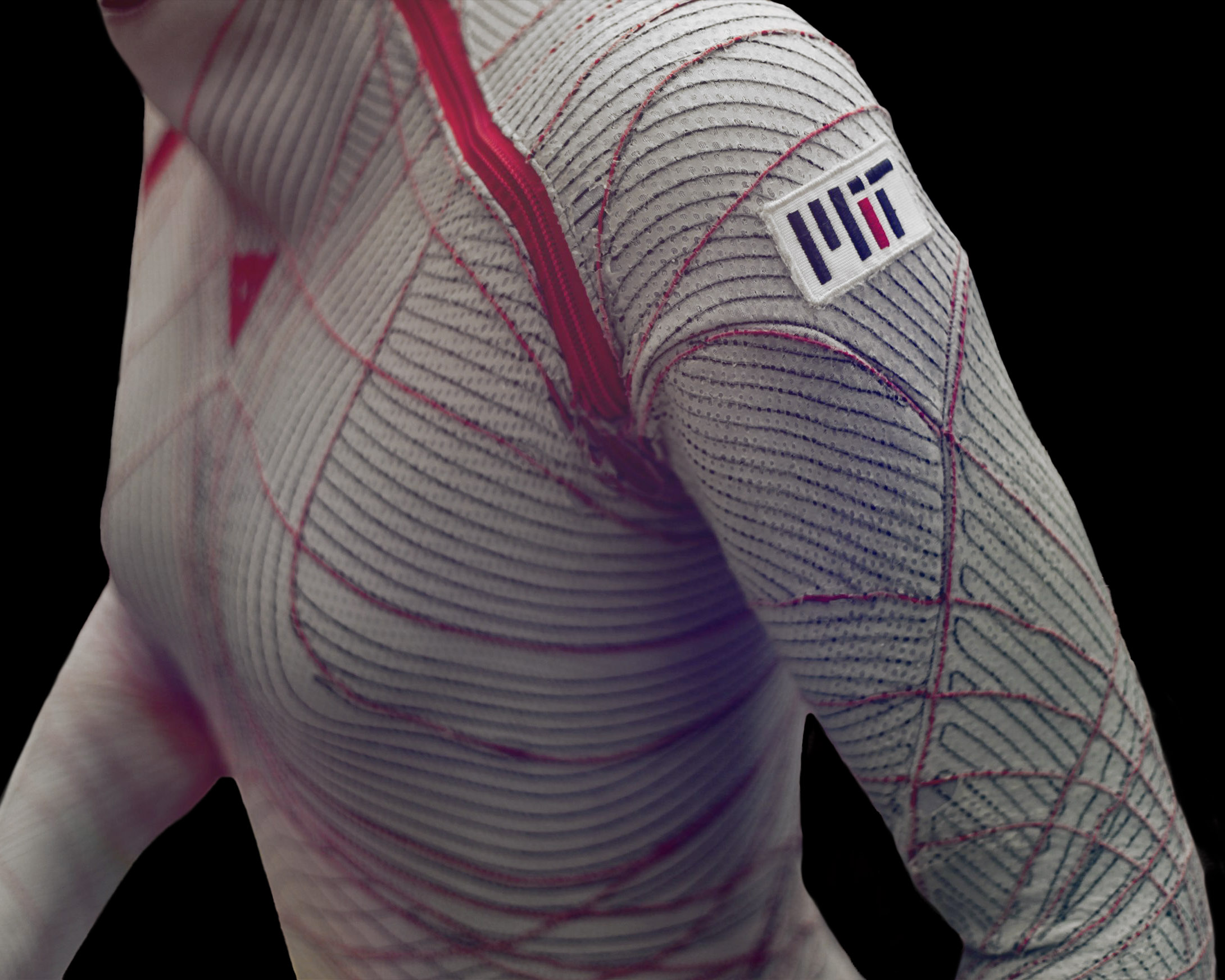
As focused as Newman has remained on furthering humanity’s exploration in space, she says that when she wakes up every day and thinks about the most important thing she could be working on, “the answer is actually climate.” For all the wonder that comes with learning about other corners of the universe, she thinks it’s fitting that so much of the space data gathered by MIT researchers is aimed at measuring what she calls “Earth’s vital signs,” helping scientists monitor sea-level rise, droughts, ocean temperature, and more. Getting to Mars, she says, is about pushing our limits and pursuing scientific inquiry and looking for evidence of life, past or present. It’s also about studying the habitability of Mars and how it essentially lost its electromagnetic field, causing the solar wind and radiation to ionize most of the Martian atmosphere away. It should never be about taking for granted that abundant, fragile, awe-inspiring life exists on one planet for certain: Earth.
“From space, you see one planet. You don’t see the division of nations and other things. What you do see is a place we have to take care of,” she says. “It’s such an amazing planet that we live on.”
Keep Reading
Most Popular
Large language models can do jaw-dropping things. But nobody knows exactly why.
And that's a problem. Figuring it out is one of the biggest scientific puzzles of our time and a crucial step towards controlling more powerful future models.
How scientists traced a mysterious covid case back to six toilets
When wastewater surveillance turns into a hunt for a single infected individual, the ethics get tricky.
The problem with plug-in hybrids? Their drivers.
Plug-in hybrids are often sold as a transition to EVs, but new data from Europe shows we’re still underestimating the emissions they produce.
Stay connected
Get the latest updates from
MIT Technology Review
Discover special offers, top stories, upcoming events, and more.